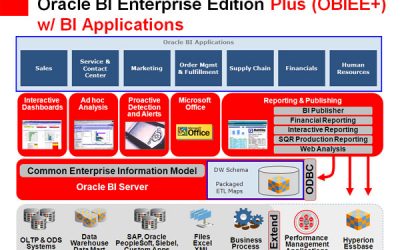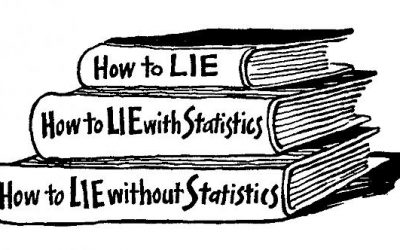For a long time now, companies have been investing in big data initiatives. It was understood that by bringing in many disparate sources under one roof, then all that data would become a gold mine of valuable information. A gold mine that can lead to new revenue sources, huge cost reductions, process optimizations and other terrific opportunities. The challenge was always how to fund these initiatives, and then making company executives aware of the capabilities so they can take advantage of the opportunities.
 The problem is that some companies have spent large sums of money and invested huge amounts of capital with very little ROI, writes Mike Kavis for Forbes magazine. And it’s only over the last couple of years that the IoT has become a boardroom topic.
The problem is that some companies have spent large sums of money and invested huge amounts of capital with very little ROI, writes Mike Kavis for Forbes magazine. And it’s only over the last couple of years that the IoT has become a boardroom topic.
IoT has suddenly been embraced and we have seen many robust, well-funded business plans produced. This is the initiative that can help to finally save big data.
Why does IoT and big data mix so well? There are four major categories of technology used to implement IoT. The foundation of this is known as ‘fog’ or ‘edge computing.’ The ‘fog’ comprises many types of devices and sensors communicating in real time.
This is small data, where the status or condition of an object is assessed and decisions made on this information. For example a fleet of trucks with sensors checking the condition of parts and scheduling preventative maintenance before a breakdown occurs. The small data is then sent to a datacentre, where it gets scrubbed, and stored in databases capable of handling enormous volumes of information.
Implementing this by yourself is a hugely complex and time consuming task. So many companies get a specific package that can handle it all for them instead of spending months integrating all the underlying technologies. These complex stacks are then run as a managed service and accessible via API.
It’s when the data is stored and accessible that it is value becomes apparent. The insight and applications enable businesses to enter new markets, optimize production of their products, streamline processes and personalize their consumer’s experience. This power comes from the fact it is derived from many different data sources from many different devices and all combine in fresh ways.
Everything from smart cities, to optimized manufactories and transport systems – as well as everything in between – relies on big data technologies. IoT is the problem that big data was designed for, just no-one knew that until a couple of years ago. Now we do.
- Lots has been invested in big data, often with little ROI
- The IoT is finally becoming relevant to those at board-level
- IoT cannot work without big data to solve its problems.
Big Data and related technologies – from data warehousing to analytics and business intelligence (BI) – are transforming the business world. Big Data is not simply big: Gartner defines it as “high-volume, high-velocity and high-variety information assets.” Managing these assets to generate the fourth “V” – value – is a challenge. Many excellent solutions are on the market, but they must be matched to specific needs. At GRT Corporation our focus is on providing value to the business customer.



